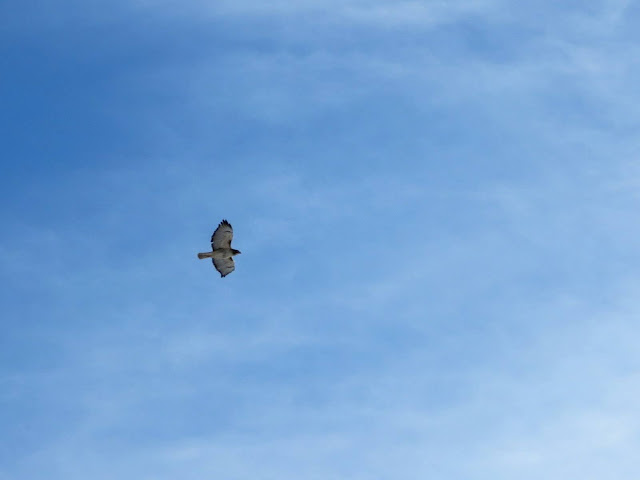The weather here has been a real rollercoaster of late. For two weeks in a row we've gone from comparatively warm days (complete with birdsong, nestbuilding, flyovers by geese and blackbirds, and even a robin-sighting), to heavy snowstorms (some with bonus ice!), to rain. Rinse and repeat. I rejoice at the snow, marvel at the birds, and am unenthusiastic about the rain as it turns everything to muddy slush, but there's no doubt that spring is putting out tentative feelers, testing winter's strength, and teasing us all with hints of an early thaw.
Today is of the grey-and-rainy variety, but yesterday was gloriously blue-skied and sunny - perfect for an afternoon walk. Clouds and contrails made a dramatic backdrop to the trees and fields:
Then home to an early supper and an evening of crochet.
~ ~ ~
How is your weather? Any surprise snow lately?
~ ~ ~ ~ ~ ~ ~ ~ ~ ~ ~ ~






























